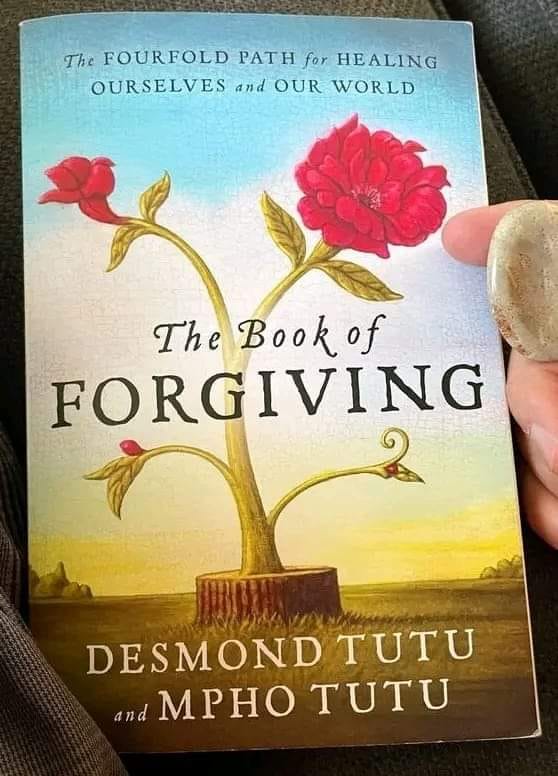The Book of Forgiving: A Path to Healing
The Book of Forgiving by Desmond Tutu and Mpho Tutu is a profound exploration of the transformative power of forgiveness. Drawing from their experiences and insights, the authors offer a guide to healing, reconciliation, and personal liberation through the process of forgiveness. Here’s an overview of the key themes and insights from the book.
1. Understanding Forgiveness
The authors emphasize that forgiveness is not about excusing harmful behavior or forgetting the past. Instead, it’s about releasing the hold that anger and resentment have over our lives. Forgiveness is a conscious choice that can lead to emotional and spiritual healing.
2. The Fourfold Path to Forgiveness
Tutu and Tutu outline a four-step process for forgiveness:
- Telling the Story: Sharing your experience and expressing your feelings is essential for healing. This step involves acknowledging the pain and hurt caused by others.
- Naming the Hurt: Identifying and articulating the specific ways in which you’ve been wronged helps to clarify your emotions and the impact of the offense.
- Granting Forgiveness: This is a conscious decision to let go of resentment and anger. It doesn’t mean condoning the actions but rather choosing to free yourself from their burden.
- Renewing or Releasing the Relationship: Depending on the situation, this step involves either rebuilding the relationship or letting it go. It’s about determining what is healthiest for you moving forward.
3. The Power of Compassion
Compassion plays a vital role in the forgiveness process. The authors encourage readers to recognize the humanity in others, even those who have caused harm. By understanding the complexities of human behavior and acknowledging that everyone is capable of mistakes, we can cultivate empathy and compassion.
4. Healing from Trauma
Forgiveness is particularly important in the context of trauma. The authors highlight that holding onto pain can have lasting effects on mental and emotional well-being. Forgiveness allows individuals to reclaim their narrative and move toward healing, freeing them from the shackles of past grievances.
5. Forgiveness as a Spiritual Practice
The book underscores the spiritual dimensions of forgiveness. It encourages readers to view forgiveness as a journey that can deepen their spiritual lives. This perspective invites individuals to explore their beliefs and values in the context of forgiveness, fostering personal growth and understanding.
6. Real-Life Applications
The Tutu duo shares stories and examples from their own lives, as well as from history, to illustrate the power of forgiveness. These narratives serve as inspiration, showing that forgiveness is possible even in the most challenging circumstances.
Conclusion
The Book of Forgiving is a compelling guide to understanding and practicing forgiveness. It offers practical tools and profound insights that can help individuals navigate their emotional landscapes and foster healing. By embracing forgiveness, we not only liberate ourselves but also contribute to a more compassionate and understanding world. In a time when division and conflict are prevalent, the message of forgiveness is a crucial reminder of our shared humanity and the possibility of reconciliation.
